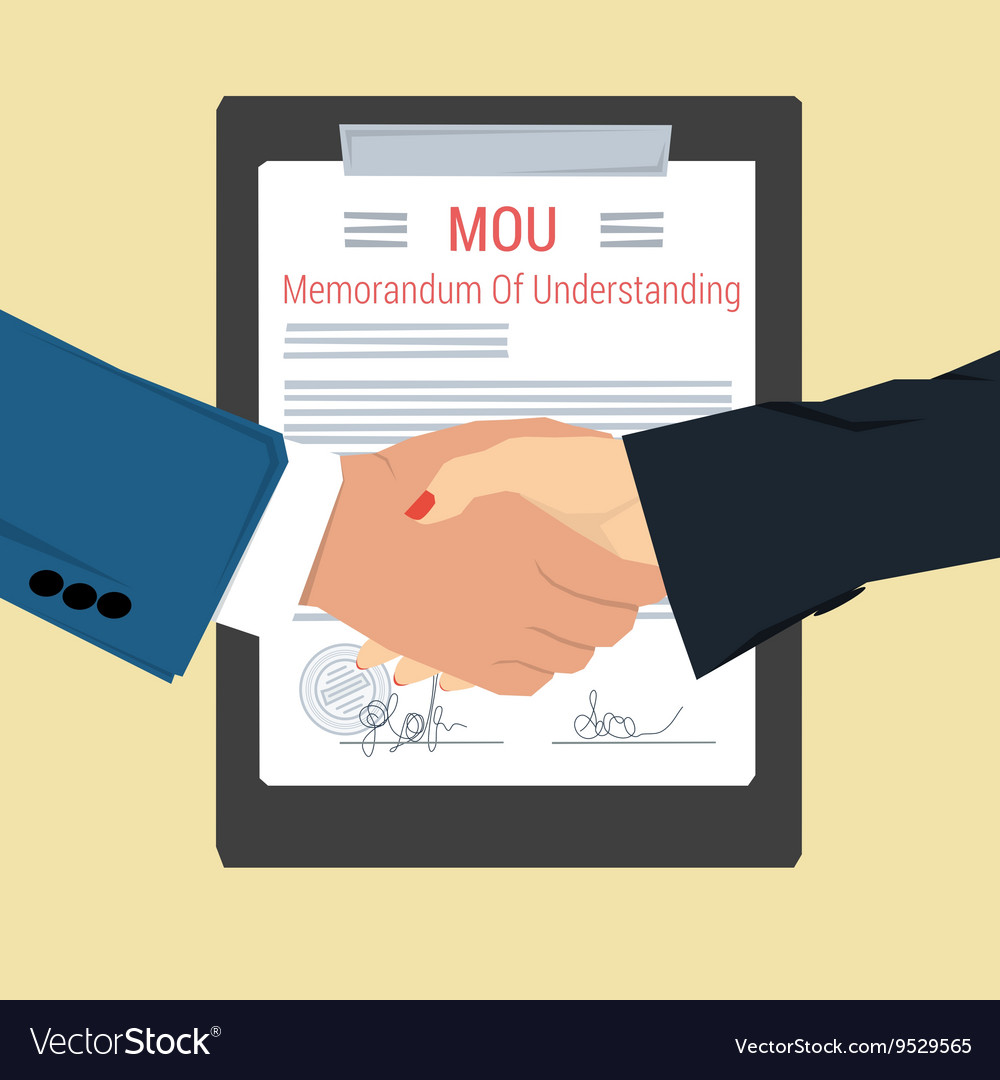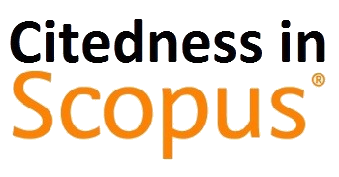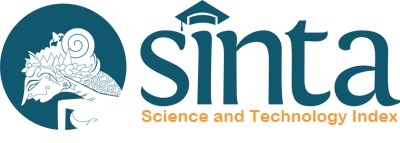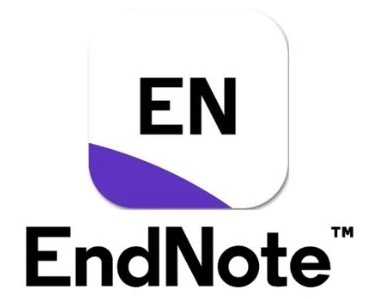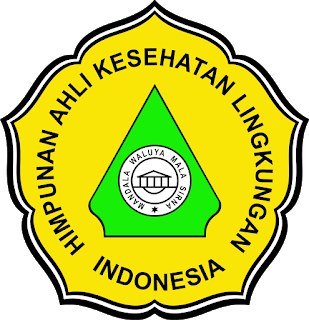The Community Empowerment Movement As An Effort To Prevent Dengue Fever In Gheoghoma Village
DOI:
https://doi.org/10.32382/sulo.v23i2.70Keywords:
Movement, Community Empowerment, DHFAbstract
Dengue Haemorrhagic Fever (DHF) apart from causing public health problems, is also a fairly high economic burden. The number of cases is increasing and the spread is getting wider, especially in areas where the temperature and humidity conditions allow the Aedes spp vector to live. Facing this problem, one solution that can be developed is empowering the community through the 1R1J movement which aims to increase ABJ DHF in the village of Gheoghoma, North Ende District, Ende Regency.
Research method: this type of quantitative research, the design of the same group is given two different treatments, namely pre-intervention-post. The research was spread across three hamlets in the village of Gheoghoma during February-April 2023. Population.The study consisted of 200 households (RT) and selected 150 RTs as samples obtained by probability method, simple random sampling technique, and fulfilled the inclusion criteria. Data were collected by observing larvae and then recorded in the provided format. Data processing begins with the process of editing, coding, tabulating, checking the final data, then calculating ABJ. Then the normality test was carried out and continued with Wilcoxon test
Result: ABJ before intervention was 35.33%, and after the intervention was 84.7% (an increase of 49.37%). After the normality test was interpreted the data were not normally distributed with asymp values. Sig. (2-tailed) is 0.000, less than a 0.05.
Conclusion: community empowerment through the 1R1J movement can increase DHF ABJ in the village of Gheoghoma, Ende Utara District.
Suggestion: Jumantik homes are trained to become role models while inviting other families to participate in the 1R1J movement so that they need to get support from both village stakeholders and the technical sector, namely the Health Service and Puskesmas. In addition, research is needed to develop new ideas and innovations
References
Azam, M., Azinar, M., & Fibriana, A. I. (2016). Analisis Kebutuhan Dan Perancangan “Ronda Jentik” Sebagai Model Pemberdayaan Masyarakat Dalam Pemberantasan Sarang Nyamuk. Unnes Journal of Public Health, 5(4), 294–305.
Dewi, N., & Azam, M. (2018). Faktor-faktor yang berhubungan dengan praktik psn-dbd keluarga di kelurahan Mulyoharjo. Public Health Perspective Journal, 2(1), 80–88.
Dinas Kesehatan Kabupaten Ende. (2022). Profil Kesehatan Ende tahun 2021. In Dinas Kesehatan Kabupaten Ende.
Direktorat Analisis dan Pengembangan Statistik. (2022). Analisis Profil Penduduk Indonesia. In Badan Pusat Statistik.
Direktorat P2P Tular Vektor dan Zoonotik. (2016). Petunjuk Teknis Implementasi PSN 3M-PLUS dengan Garakan 1 Rumah 1 Jumantik. In Kemenkes RI, Jakarta.
Faizah, A. (2018). Evaluasi Pelaksanaan Program Pengendalian Penyakit Demam Berdarah Dengue (P2Dbd) Di Puskesmas Mojosongo Kabupaten Boyolali Tahun 2018. Jurnal Kesehatan Masyarakat (e-Journal), 6(5), 13–25.
Hakim, L., Astuti, E. P., Prasetyowati, H., & Ruliansyah, A. (2020). Pemberdayaan Keluarga Sebagai Upaya Menurunkan Kepadatan Larva Aedes spp. dalam Pencegahan Penularan Demam Berdarah Dengue. ASPIRATOR - Journal of Vector-Borne Disease Studies, 12(2), 73–84.
Hardani, at al. (2020). Buku Metode Penelitian Kualitatif dan Kualitatif. In Penerbit Pustaka Ilmu - Yogyakarta (Issue April).
Hasyim, D. M., Kamuh, S. S. P., Mongan, A. E., & Memah, M. F. (2015). Faktor-Faktor yang Berhubungan Dengan Tindakan Pemberantasan Sarang Nyamuk. Jurnal Kesehatan, 3(3), 738–742.
Kemenkes RI. (2018). Pedoman Pembinaan Krida Bina Lingkungan Sehat.
Koraag, M. E., Anastasia, H., Risti, R., Nelfita, N., Samarang, S., Sumolang, P. P. F., Kurniawan, A., & Gunawan, G. (2020). Perilaku Masyarakat Tentang Gerakan 1 Rumah 1 Jumantik (G1R1J) Dalam Penanggulangan Demam Berdarah Dengue Di Kabupaten Poso Sulawesi Tengah. Jurnal Vektor Penyakit, 14(2), 83–94.
Kurniasih, D., Rusfiana, Y., Agus, S., & Nuradhawati, R. (2021). Teknik Analisa. In Alfabeta Bandung.
Maisyarah, A. all. (2021). Dasar Ilmu Kesehatan Masyarakat. In Media Sains Indonesia, Bandung Jawa Barat.
Monintja, T. C. N. (2015). Hubungan Antara Karakteristik Individu, Pengetahuan dan Sikap dengan Tindakan PSN DBD Masyarakat Kelurahan Malalayang I Kecamatan Malalayang Kota Manado. JIKMU-Jurnal Ilmu Kesehatan Masyarakat Unsrat, 5, 503–519.
Muhid, A. (2019). Analisis Statistik 5 Langkah Praktis Analisis Statistik dengan SPSS for Windows. In Zifatma Jawara-Sidoarjo: Vol. Edisi 2.
Nadjib,Mardiati ., dkk. (2019). Economic burden of dengue in Indonesia. PLOS Neglected Tropical Diseases |, 13(1), 1–14.
Nalendra, A. R. A. (2021). Stastitika Seri Dasar Dengan SPSS.
Nuryadi, Astuti, T. D., Utami, E. S., & Budiantara, M. (2017). Buku Ajar Dasar-dasar Statistik Penelitian. In SIBUKU MEDIA, Bantul, Yogyakarta (p. 170).
Oktiodirman, V., Administrasi, F. I., Studi, P., Ilmu, M., Indonesia, U., Rusli, Z., Administrasi, F. I., Studi, P., Ilmu, M., & Indonesia, U. (2022). Efektifitas Program Satu Rumah Satu Jumantik Dalam Pengendalian Demam Berdarah Dengue (DBD). 5(1), 412–431.
P2P, D. J. (2016). Pedoman Pencegahan Dan Pengendalian Demam Berdarah Dengue Di Indonesia. In Azam.
Pusdatin Kemenkes. (2022). Profil Kesehatan Indonesia 2021. In Kementerian Kesehatan Republik Indonesia , Jakarta.
Putri, Alifia Adfriska Puspita, dkk. (2021). Literature Review : Pemberdayaan Masyarakat dalam Pencegahan dan Pengendalian Kejadian Demam Berdarah Dengue. Jurnal Ilmiah Mahasiswa, 11(2), 47–58.
Putri, R., & Naftassa, Z. (2018). Hubungan Tingkat Pendidikan dan Pengetahuan Masyarakat dengan Perilaku Pencegahan Demam Berdarah dengue di Desa Kemiri,Kecamatan Jayakerta, Karawang tahun 2016. MAGNA MEDICA: Berkala Ilmiah Kedokteran Dan Kesehatan.
Ridha, M. R., Indriyanti, L., & Juhairiyah. (2022). Implementasi Model Juru Pemantau Jentik (Jumantik) Dalam Pengendalian Vektor Demam Dengue Pada Masyarakat Heterogen, Penerbit BRIN, Jakarta.
Santoso, Haryo & Putri, Era, A. (2015). Pengaruh Perbedaan Jenis Kelamin Terhadap Perilaku Pembelian Produk Hijau Di Semarang. Seminar Nasional IENACO, 648–655.
Siyoto, S. (2015). Dasar Metodologi Penelitian, Literasi. In Media Publishing Yogyakarta (p. 119).
Sukesi, T. Y., Supriyati, S., & Satoto, T. T. (2018). Pemberdayaan Masyarakat Dalam Pengendalian Demam Berdarah Dengue (Literature Review). Jurnal Vektor Penyakit, 12(2), 67–76.
Sutriyawan, Agung, D. (2020). Determinan Epidemiologi Demam Berdarah Dengue (DBD) Di Daerah Perkotaan: Studi Retrospektif. Journal of Nursing and Public Health, 8(2), 1–9.
Syam, Dedi Mahyudin, at all. (2022). Peran Kader Juru Pamantau Jentik (Jumantik) Mandiri dalam Upaya Pencegahan Penyakit DBD di Kelurahan Talise Valangguni Kota Palu. Poltekita: Jurnal Pengabdian Masyarakat, 3(4), 955–962.
Tokan, Pius K, & Artama, S. (2022). Efektifitas Pendidikan Kesehatan Demam Berdarah Dengue Terhadap Pengetahuan, Sikap Dan Keterampilan Jumantik Sekolah Di Sekolah Dasar Inpres Watujara Kabupaten Ende. Jurnal Sulolipu : Media Komunikasi Sivitas Akademika Dan Masyarakat, 22(2), 350–360.
Tomia, A. (2020). Hubungan Pengetahuan, Sikap Dan Praktik Masyarakat Terhadap Upaya Pengendalian Vektor DBD Di Kota Ternate, Provinsi Maluku Utara. Jurnal Ekologi Kesehatan, 19(3), 211–220.
Trapsilowati, W., Mardihusodo, S. J., Prabandari, Y. S., & Mardikanto, T. (2015). Pengembangan Metode Pemberdayaan Masyarakat Dalam Pengendalian Vektor Demam Berdarah Dengue Di Kota Semarang Provinsi Jawa Tengah. Buletin Penelitian Sistem Kesehatan, 18(1), 95–103.
WHO. (2020). Global strategy for dengue prevention and control 2012-2020.
Downloads
Published
How to Cite
Issue
Section
PDF (Bahasa Indonesia) downloaded: 484



